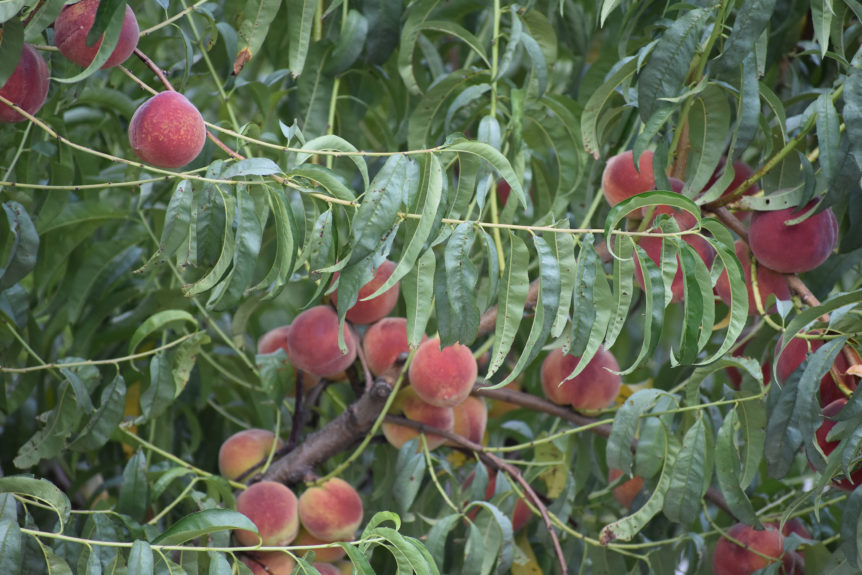
By Clint Thompson
Chill hours are no longer a concern for fruit tree growers across the Southeast. The main worry now is with potential late-season freeze events following recent warming temperatures, according to Pam Knox, University of Georgia Extension agricultural climatologist.
“I would say probably right now the fruit farmers are the No. 1 concern that I have because they’ve gotten enough chill hours already. So, if we go through a really warm period, and it probably doesn’t have to be more than a couple of weeks, trees are going to start coming out of dormancy and blooming,” Knox said. “That could make them more susceptible to a late frost. I don’t know that it’s going to happen this year, but it’s something we definitely have to watch for.”
Chill Hours
Fruits, like peaches and apples, require chill hours to mature. The required chill hours depend on the specific variety growers choose to plant. Some may require as little as 500 chill hours, while others may need as many 800. Chill hours are typically tracked until about Feb. 14.
According to the University of Georgia Weather Network, Tifton, Georgia, received 729.25 chill hours from Oct. 1, 2024 to Feb. 2, 2025. That’s compared to 561.75 in last year and 510.5 two years ago.
Warm February temperatures are nothing new. Peach producers only have to look back to two years ago.
According to the University of Georgia Weather Network, the average high temperature for February 2023, in Gainesville, Georgia, located southwest of Alto, was 62.7 degrees Fahrenheit (F). That’s more than four degrees higher than the previous year (58.6 F) and much higher than 2021 (54.8 F) and 2020 (54.8 F).
Peach trees responded to the warmer temperatures with early blooms. The blooms were susceptible to successive freeze events in March that brought sub-freezing temperatures.










